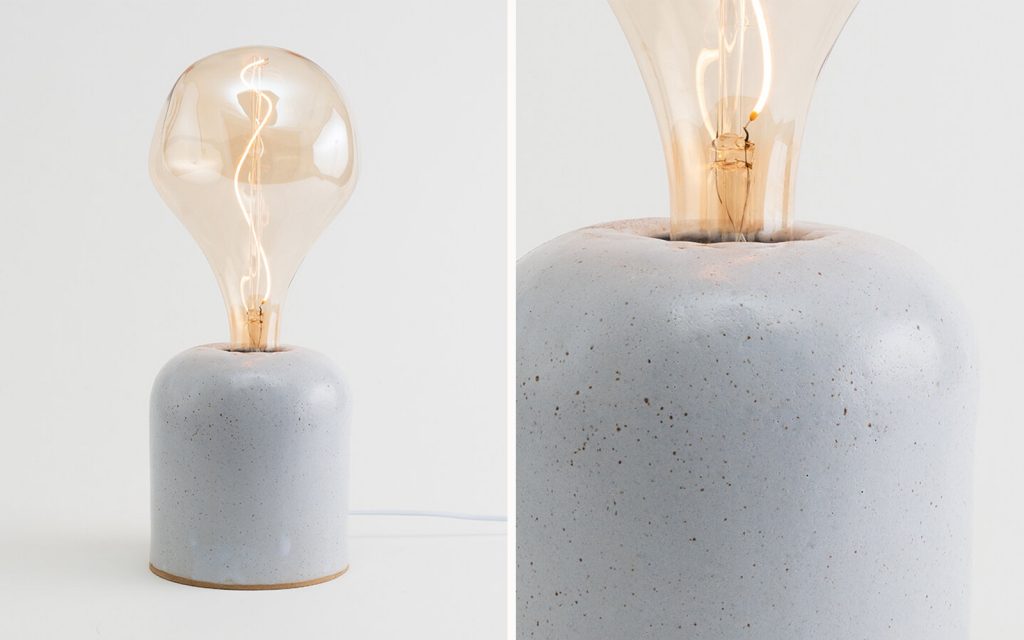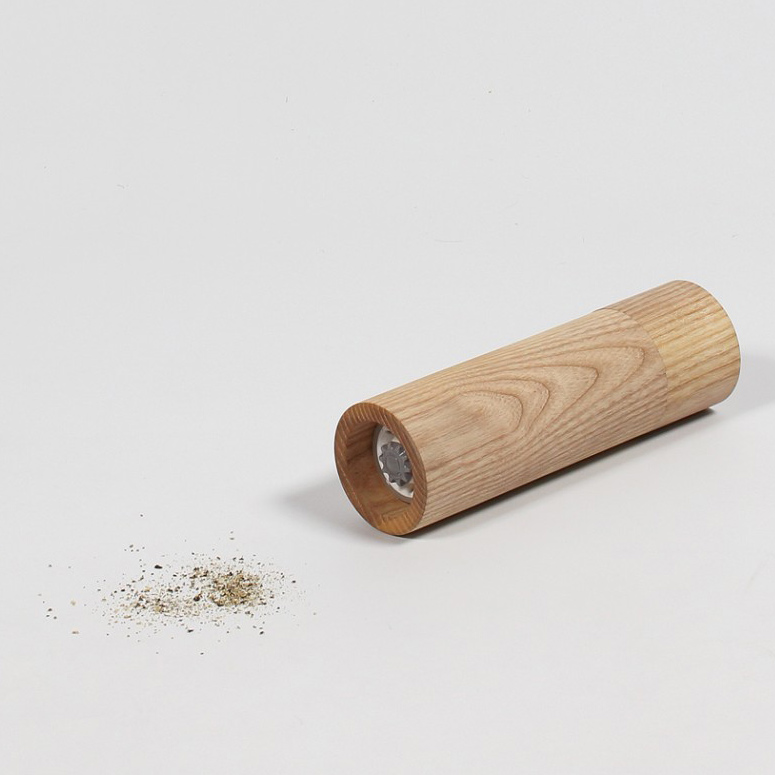Streicher Goods’ Diverse Collection of Ceramic Objects
Vibrant vessels born from a willingness to experiment

Rather than replicate a predetermined shape, Streicher Goods founder Ethan Streicher aims to experiment endlessly. His resulting ceramic objects share a sense of cohesion but, as intended, differ vastly. Working mostly within three categories—jugs, vases and lamps— Streicher maintains a signature style but leaves room for growth and embraces the challenges of one-off commissions. And sometimes he’ll assign himself a challenge that, when fulfilled, transforms a fantastical idea into a sellable product.

Look no further than Streicher’s Bird Egg Light, for example. Here, he pairs a speckled stoneware base coated in a sky blue hue with an irregular, oversized bulb. When illuminated, and only from a few angles, the irregularities are delightfully emphasized.
“I think that’s the fun part of ceramics,” Streicher tells CH. “Sometimes the process is the part that’s fun: not always knowing how something’s going to come out. With glazes and others things, I just enjoy experimenting.”

This excitement for experimentation also manifests in the Faux Raku Zig-Zag vase. Rather than replicating the traditional Japanese process of Raku firing pottery (which includes firing the ceramic until it’s red hot, resting it in a bed of combustable objects, and smothering it or skipping the latter two steps and letting it cool in the open air), Streicher produced a Faux Raku, somewhat accidentally. The vase’s stoneware base was once orange but now it boasts (faux) burn marks, dark spots and even pops of orange and brown.
“That process was entirely accidental, and it ended up being this beautiful thing,” Streicher says. He was at his shared Bushwick studio, trying to cram work into his allotted hours (due to pandemic distancing rules) there. “The glaze on the Raku was orange and it did a lot bad things in the kiln. It was missing glaze in parts. I had wanted this thing to be a beautiful, creamsicle zig-zag shape. I thought it was trash so I glazed it with this gunmetal color and put it back in the kiln. It did all this weird stuff and ended up looking like pieces that are wood-fired with newspaper wrapped around them. Not intentional, but it ended up being something I could recreate in the future.”

When forming objects, he’s eager to emphasize particular lines, which act as a starting place for some pieces. The Smoke Stack Wiggle focuses on two vertical, wavy lines that form the foundation for the vase and its inner chamber. From there, plenty remains left up to chance.
“I’m somewhat new to ceramics. I’ve probably been doing it for a year or so, and I think, as I’ve gotten better, I can unlock different shapes and ways of doing things. Most of the time, it starts with a sketch. Most of the time it’s with a sharpie and it’s just the silhouette,” he explains. Previously, Streicher concentrated on illustration. “I’ll draw about 20 of them and narrow it down to the ones that look good. Or that I think look good. Then I just go and try to make it work. And I’m not perfect. Mistakes come about, but I think that’s also just part of the process.”
Images courtesy of Ethan Streicher / Streicher Goods












